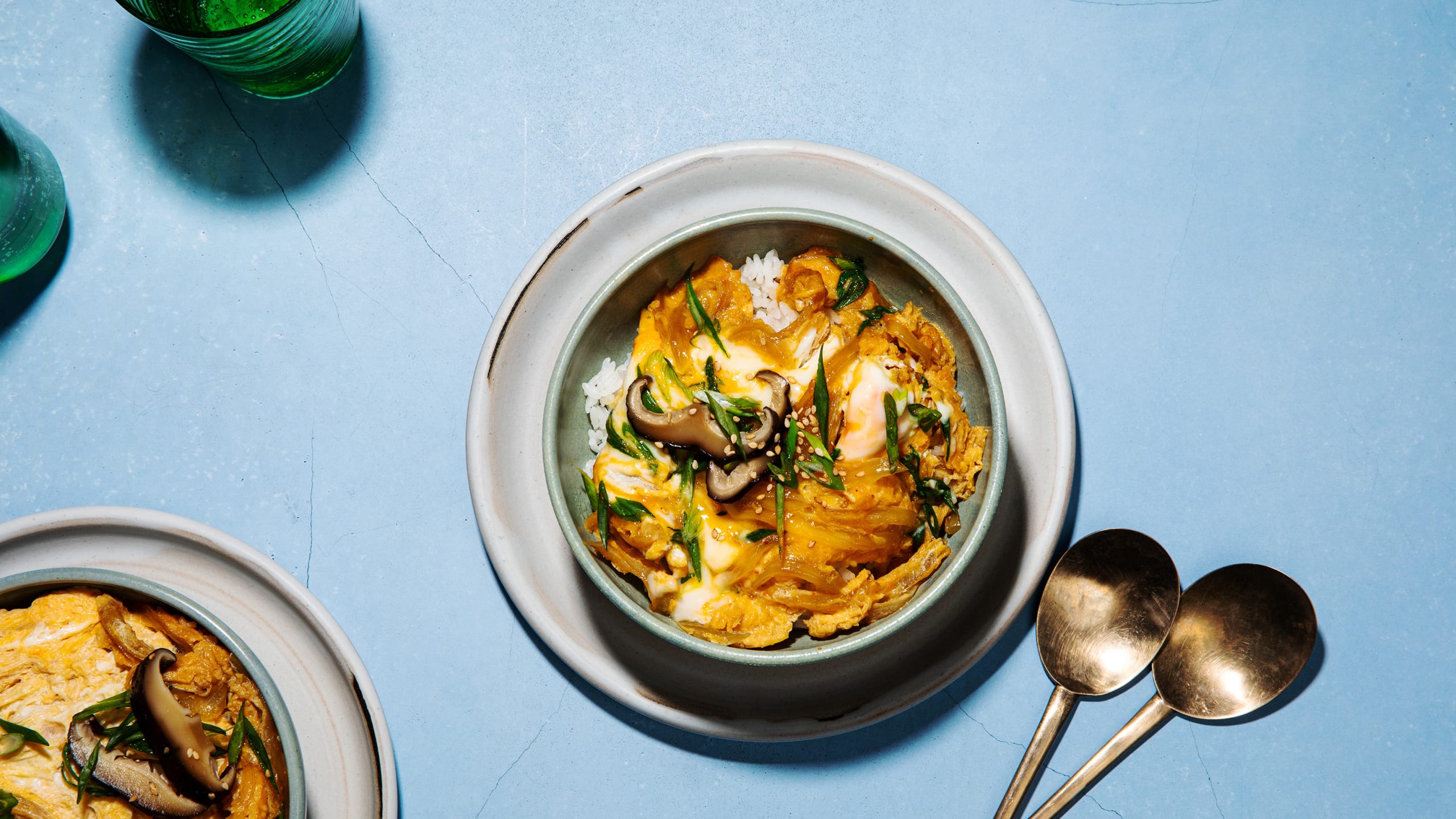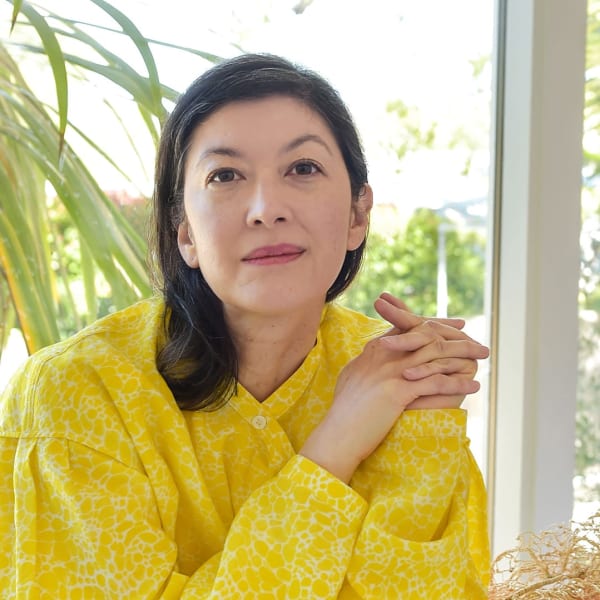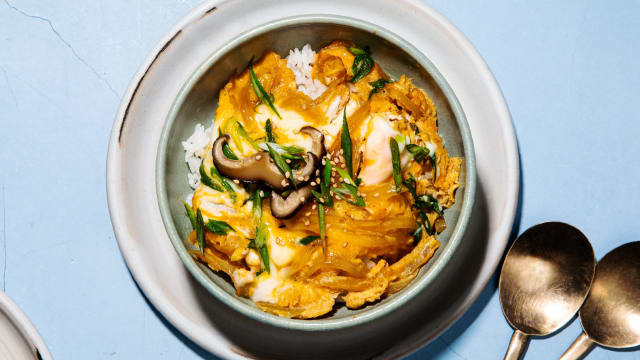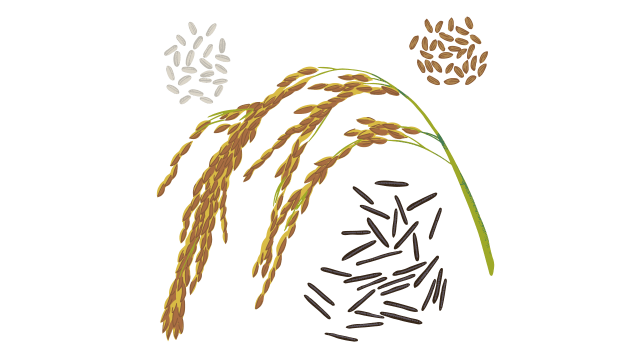To Cook, To Hope, To Understand

My mom’s 4’11” and just under 95 pounds. A tiny mom — she looms so large in the kitchen. It has always been her domain. Born in Tokyo, she didn’t move to the U.S. until she was in her 30s, but she quickly embraced Crock Pots and microwaves, Pillsbury and pot pies. We lived on stir-fries and sticky short-grain white rice, but she also loved to make tortillas, lumpia, and cream puffs. The kitchen became our safe space.
Mom also has struggled with episodes of mental illness, including obsessive-compulsiveness, paranoia, and agoraphobia at times in her life. She has largely overcome her crises through medicine, meditation, and exercise. But our relationship has been — and often still is — fraught. As a parent, she was overbearing and unpredictable. Sometimes she would fixate on my behavior. Sometimes she was neglectful. She also can be loving, hilarious, charming, generous, and nurturing. Still, I was intimidated by her, even if I was half a foot taller than her by the time I was 12.
Joy of Cooking
One of the few things we have in common is the joy of food and cooking. In the kitchen with her, I drop my hang-ups and focus on immediate tasks — kneading dough, washing rice, measuring the soy sauce, sake, and mirin. And as challenging as our dynamic can be, I look at the wrinkles of her bony knuckles while she’s expertly slicing scallions and know I will miss her deeply one day. If I don’t feel better about my relationship with my mom now, when will I feel better about myself? I want not to fight with her, to let go of resentments and knee-jerk reactions that surface again and again. When I’m exasperated and short with her, I feel so small.
Now 80, she’s also my only tenuous connection to her family in Japan — my uncles, aunts, and cousins. As her oldest daughter, I grew up translating for her, or at least navigating language and cultural differences as best I could — deciphering bills and paperwork, double-checking her spelling, talking to bureaucrats or bank tellers (to this day she won’t use an ATM).
Though I was born in Japan (I lived there until I was 3 years old) and spent summers with my grandparents in Tokyo, I speak little Japanese. More and more, I’m the one asking my mom questions. What does kiru mean again? (To cut.) How do you say “gentle” in Japanese? (Yasashi.) Can you show me how to make okonomiyaki (“as-you-like-it griddled pancake”)?
She has little patience when I try to talk to her in her native language (“say it in English”) and is the least sentimental person I know (“I never think about the past”). But she obliges when I ask her about her childhood, my relatives in Japan, and especially cooking — as long as I’m not interrupting her NHK TV shows or a YouTube binge of her favorite singers.
Mom grew up in Shinjuku, one of Tokyo’s busiest areas, near Waseda University on Takadanobaba street (or Baba for short), named after the horse-riding grounds of the Edo period but now a playground for sloshy college students. A two-story traditional home with several tatami rooms (since razed to make way for high-rises), it had a tiny kitchen — too small for obaachan (my grandmother) to teach her to cook, she says, but Mom watched. “I was the first to taste everything. Especially tempura.”
Forging bonds over food
She is always game to come over to cook and experiment with recipes. If we cook together more, maybe we would talk more. If we talk more, we’d understand each other better. I recently asked her to teach me to make one of my favorite comfort foods — oyako donburi, or oyakodon. The rough translation is “parent-child rice bowl,” because it is made with both chicken and egg. Lightly stirred eggs, boneless pieces of chicken thigh, and slivers of onion are gently simmered in dashi, soy sauce, sake, and mirin. Traditionally each serving is cooked in its own small pan, and the custardy mixture is poured on top of a bowl of steaming, fluffy white rice. Both of us eat such little meat lately, so we make it without the chicken. “We can’t call it oyakodon, if there’s no chicken,” she says. “You have to say tamago [egg] donburi.”

Are we more Grey Gardens than Gilmore Girls? Probably. We argue about which pan to use, whether we should replace the chicken with carrots or scallions or shiitake mushrooms, why there’s no sake in my refrigerator (“There is!”). But we also laugh a lot. She tells me how smart she is in the kitchen. “I really have common sense, my brain is good,” she says. “Alzheimer’s won’t get me.” It’s true that she’s spry, fit, and sharp, if a little hard of hearing.
Quirky, infuriating, treasured Mom — she is full of energy and cheer. My memory paints her as strict, harsh, erratic. How many times, as a kid, did I fantasize that my “real mom” would come rescue me? I didn’t count on her for advice; I rarely went to her with my problems, fears, or ideas. We weren’t friends or intimates. She was my advocate and a pillar of support in ways that I didn’t recognize then.
So maybe the parentless oyakodon is apt, for now. The first kanji character (oya) in the Japanese word oyako means parent; it also means intimate, familiar. Whatever our tamago donburi lacks in oya, it makes up for in hope.
RECIPE: Tamago Donburi
Key Takeaways
- Cooking can forge family bonds.
- Oyakodon is a Japanese comfort food.





